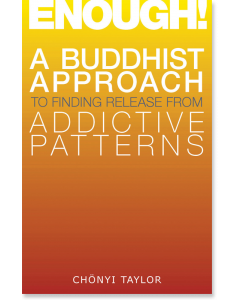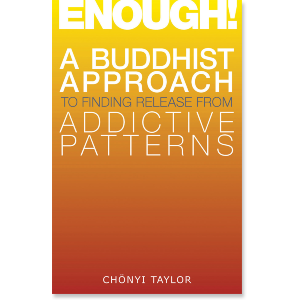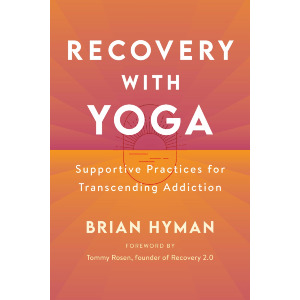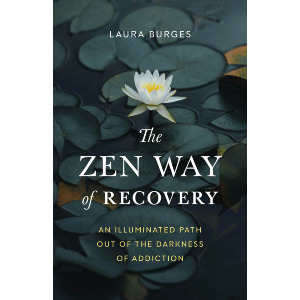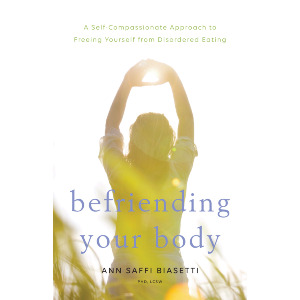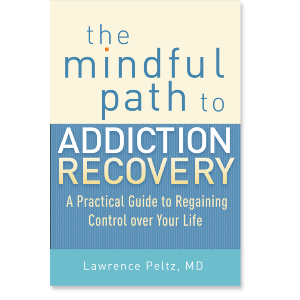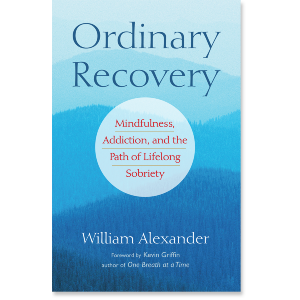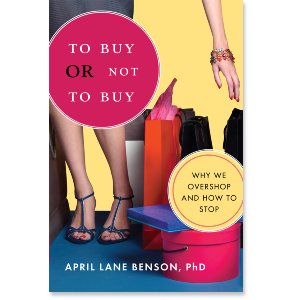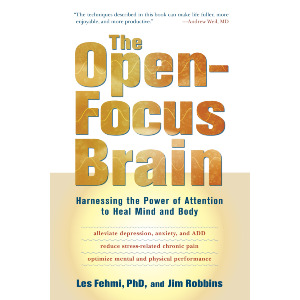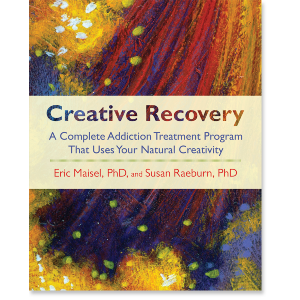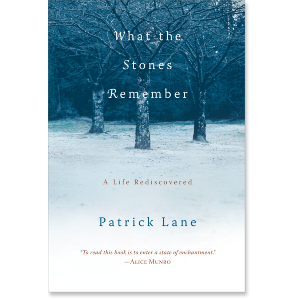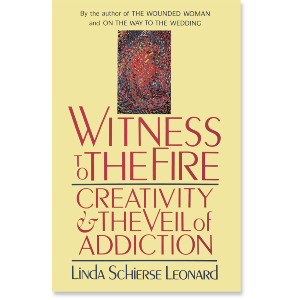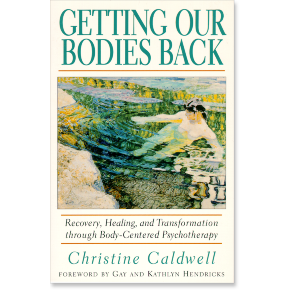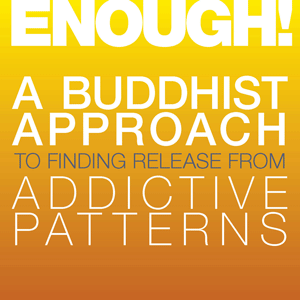 Whether it’s donuts, heroin, or praise that we crave, we all have addictive behaviors. This guide to beginning to break our compulsions is adapted from Chönyi Taylor’s book, Enough! A Buddhist Approach to Finding Release from Addictive Patterns.
Whether it’s donuts, heroin, or praise that we crave, we all have addictive behaviors. This guide to beginning to break our compulsions is adapted from Chönyi Taylor’s book, Enough! A Buddhist Approach to Finding Release from Addictive Patterns.
An addiction emergency happens when we suddenly find ourselves about to repeat an addictive pattern, or even when we suddenly discover ourselves in the middle of it. We need something to do right at that moment. For example, a smoker might find herself halfway through a cigarette before she even knows she is smoking. Or perhaps a chocolate addict might find himself hovering between taking or leaving the chocolate in the dish. The first emergency solution is to either flee or freeze, both of which are described below. Whichever we choose, we have done something about the immediate situation. That gives us time to do one of the breathing exercises to calm us down. At first we learn to concentrate on the out-breath. Often we hold our breath when we do not know what to do. Concentrating on breathing out will release a lot of that pent-up energy. Then we learn to concentrate on the in-breath. This brings oxygen into our lungs and can relieve anxiety and panic attacks.
The emergency tools give us a quick alternative to the addictive act. They are not going to stop the craving of addiction but they give us time to make a choice. It is the beginning of taking responsibility.
Of course, even if we choose to flee or freeze, if we really want freedom from addiction we need to look at its causes and to cut its roots. That means understanding what brings deep satisfaction instead of the grasping and craving of an addiction.
Emergency Actions: Fleeing or Freezing
When we are addicted, we need help, and we need it immediately, and it needs to work. That is the time for using emergency tools.
There are two choices:
Fleeing: We can get out of the situation, escape, until we are able to handle the situation. Sometimes we have to get away from the objects or situations we are addicted to, either by getting rid of them or by going somewhere else. This is the logic behind the teetotal strategy of Alcoholics Anonymous. If there is nothing to tempt us into our addiction, then we stop repeating the addictive pattern. It is not a complete solution for anyone because it does not change the underlying causes of an addiction. Still, it is a good start.
Freezing: We can become like a block of ice and just not react to what is happening until we have time to deal with things more effectively. This means blocking out for a moment or two whatever is happening. We stop everything. This blocking response gives time for the immediate urgency to drain away. A good description of this blocking is urge-surfing, which means just riding the wave of desire until it passes. This gives us time to pause and change the compulsive reaction. Like the fleeing strategy, it is a good short-term solution.
Emergency Thought: I Can Change!
The best way to use the emergency tools of fleeing or freezing is to add the emergency thought, “I can change.” Simply thinking,“I can change” in itself reminds us that change is possible. When we use these emergency measures, we can calm down. Even more importantly, when we use them, we have already changed the addictive pattern. We have done something different.
We are at the very start of undermining a destructive habit and replacing it with a constructive one. That means that we are able to begin the longer-term solutions.
Breathing and Relaxing Exercises
Once the immediate crisis is over, we can add these breathing and relaxing exercises to help us calm down even more. They are easy to learn and take up little time, but they can be very effective.
First Exercise: The Out-Breath
This is a tool to use when we have, say, thirty seconds so we can improve our ability to relax. We do this by deliberately making a slight difference to the way in which we usually breathe. We concentrate on breathing out.
The body unconsciously relaxes with each out-breath, so in this exercise we deliberately let our bodies relax a little more deeply with the out-breath. It is best to do this when we are at the bottom of that breath, just before we have the urge to breathe in.
Now for the next few moments, as we breathe out, we let our bodies relax. Then when we feel like it, we just let the in-breath happen of its own accord. We only need to do this a few times for it to be successful. As we practice this little relaxation exercise, we can become very skilled at it.
Usually our chest drops down and our ribs become relaxed when we breathe out. We continue to concentrate on each out-breath and discover for ourselves what else relaxes as we breathe out. Where in my body do I feel tension releasing? We each notice what our own body feels like in that pause between breathing out and breathing in.
With a clearer and more relaxed space in our minds, then we can make a better decision about what to do. We can think more clearly about what is happening around us and notice what our mind is doing. Do we really need to be caught in the grasping of our addiction? Do we really need to behave in a destructive way? Do we want to behave differently this time? What do I want to do now?
Second Exercise: The In-Breath
In this exercise, we are trying to be a little more mindful of what our body is doing as we breathe. We breathe in until our whole chest feels tight with air. Some people think that they have filled their chest with air when in fact they have only filled part of the chest, usually the top part. The bottom part also needs to be filled. Filling this part will push the tummy out because the lungs press down toward the abdomen. Now we hold this breath and count to three. Count quickly if necessary.
Then, we let everything go quickly: both breath and body. We relax everything as fast and as fully as we can. We can make noises as we do this: grunt, or puff. When we are ready, take our next big breath.
•We do this at least three times.
•Now we let our breathing return to whatever it wants to do.
•After our breathing returns to normal, we can repeat the cycle: we breathe in deeply and let the breath go quickly three times and then relax our breathing and our body.
Moving Ahead
When we have become familiar with these exercises, we can choose to use them when we are feeling stressed or anxious or panicky or afraid. We do not need a special place or a lot of time. Even if we only get this far, we have made important changes that we can be proud of.

